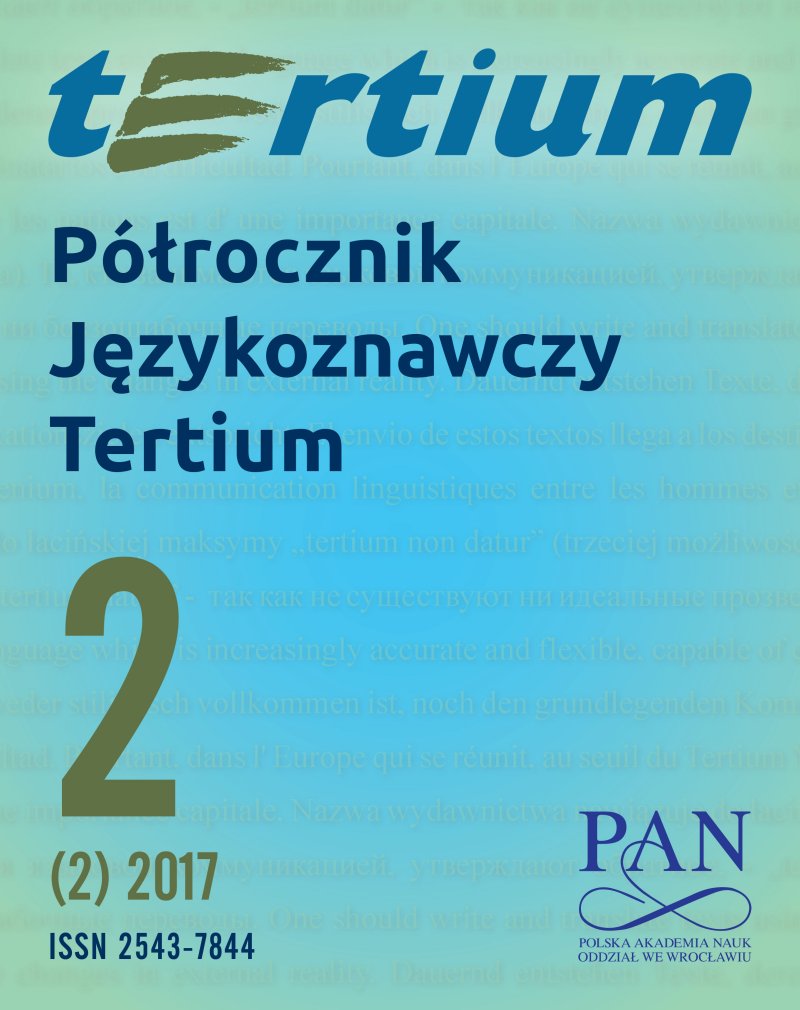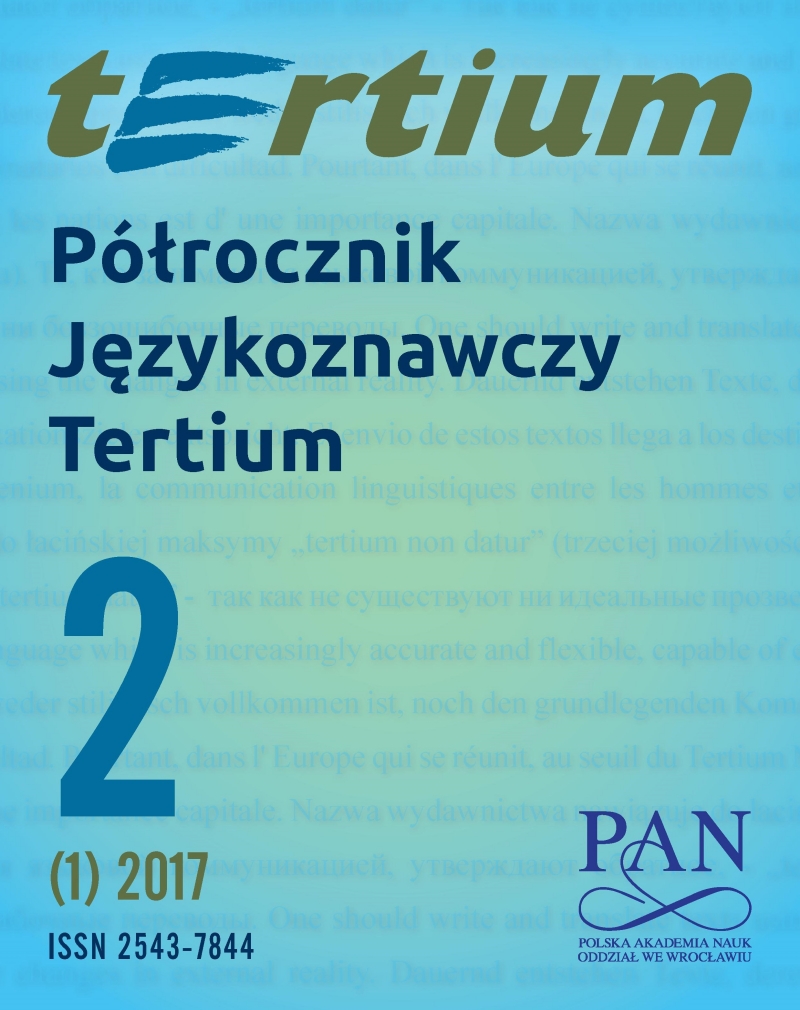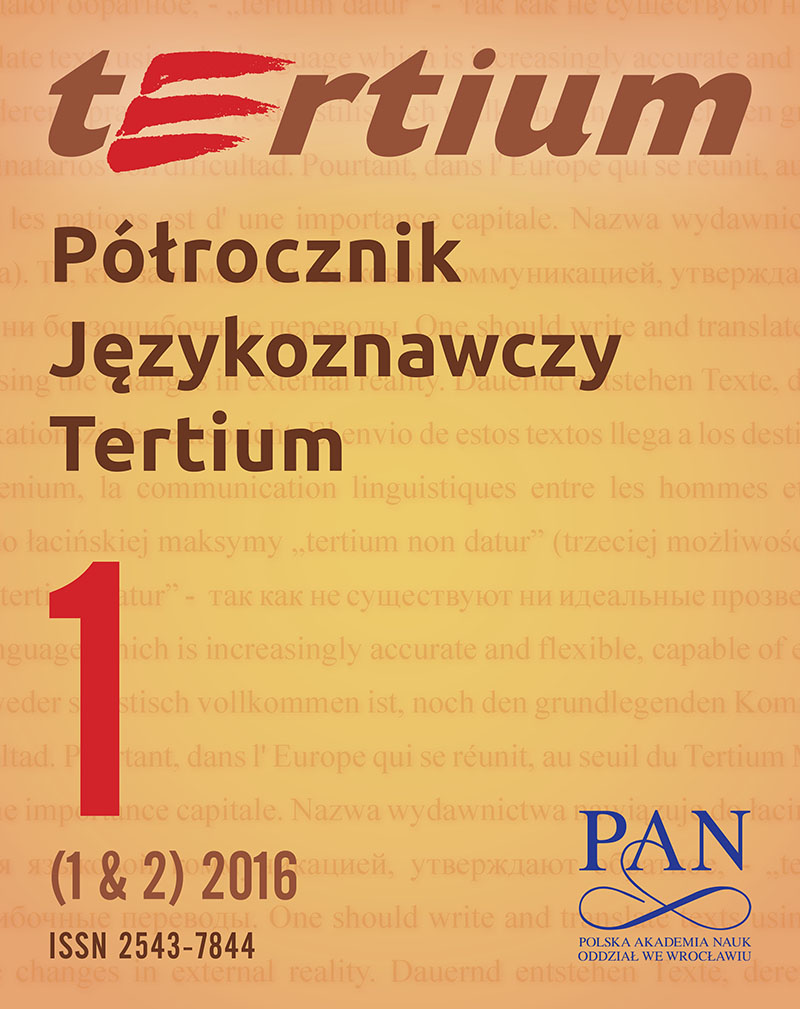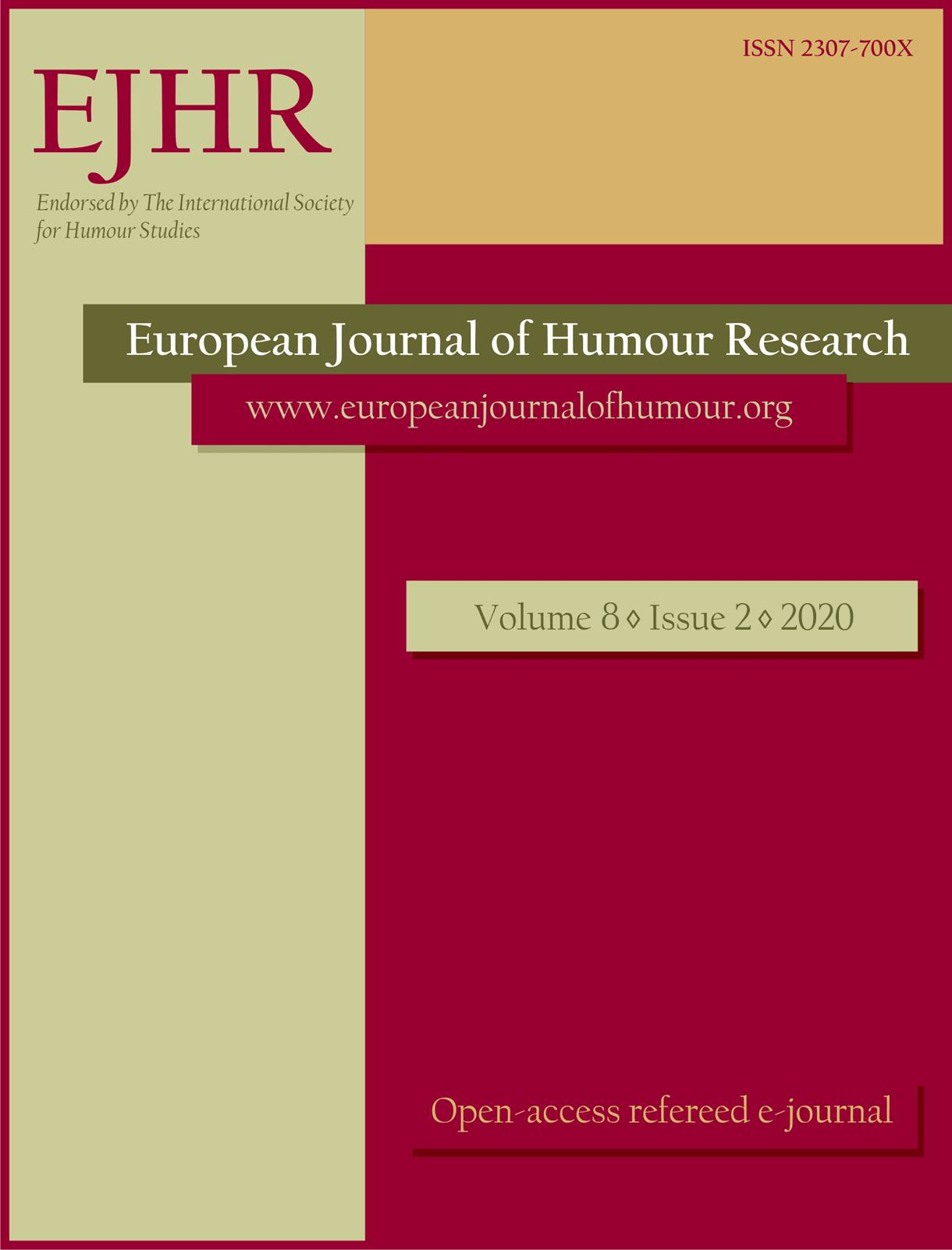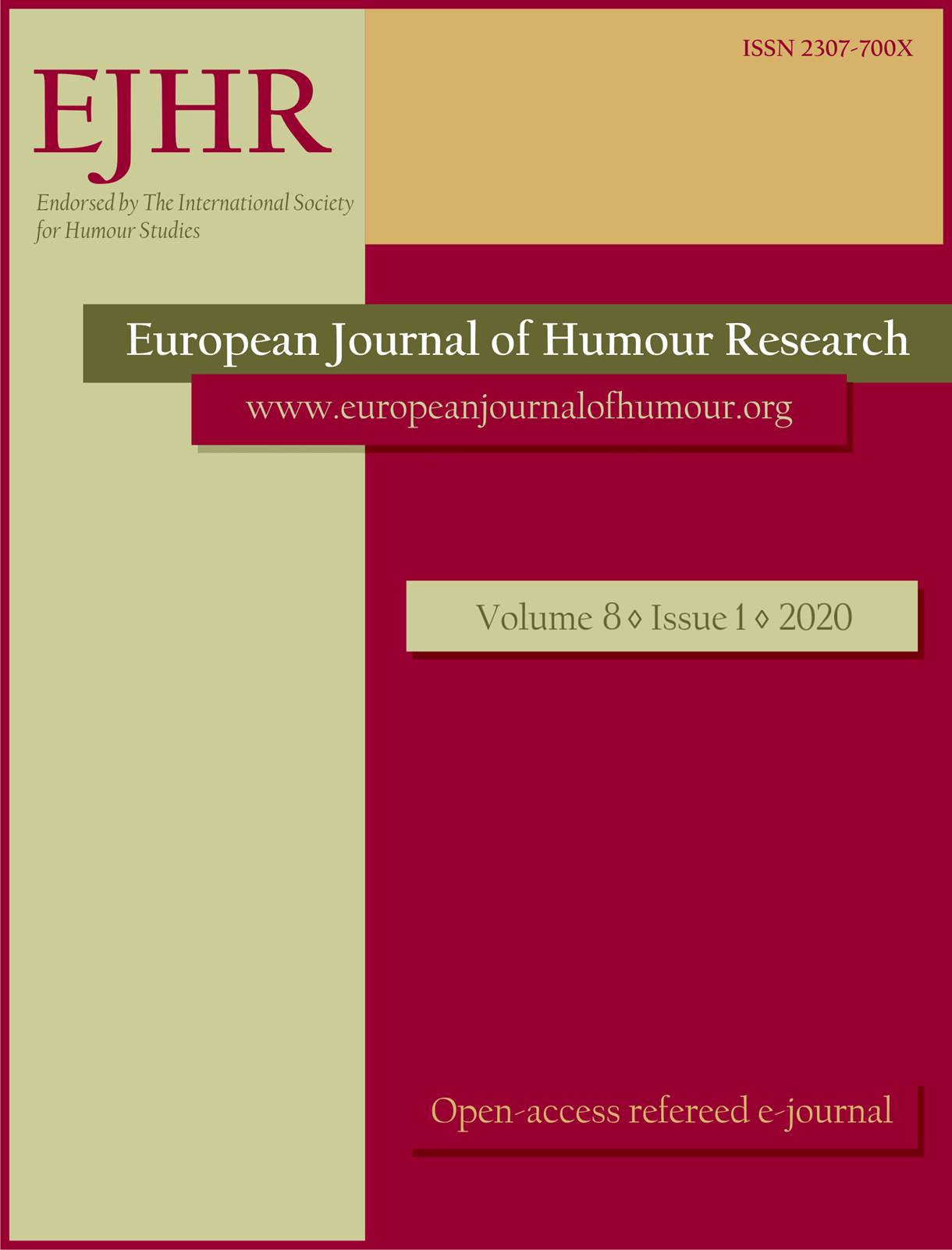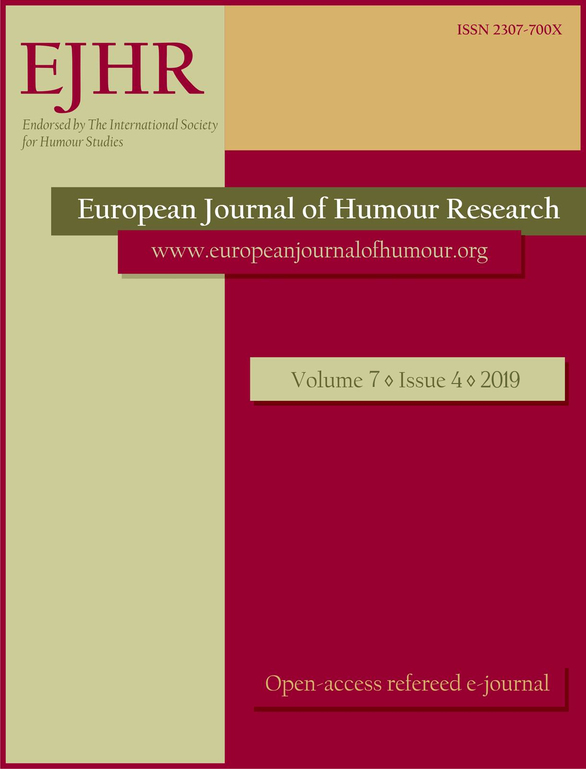Author(s): Jolanta Antas,Małgorzata Majewska / Language(s): Polish
Issue: 1&2/2016
Celem tego artykułu jest rewizja takich pojęć jak zdanie, wypowiedź, akt mowy, zdarzenie komunikacyjne w obliczu nowych potrzeb badawczych i szerszego rozumienia języka – języka uwikłanego w złożony proces komunikowania, a zatem jako narzędzia służącego nie tyle do produkcji znaczeń, ile do ich przekazywania i interpersonalnego współtworzenia. Z takiej perspektywy język jawi się nie jako system, ale jako jedno z narzędzi symbolizowania znaczeń i intencjonalnych przesłań, które służą do wytwarzania i regulowania więzi społecznych. Zamiarem autorek jest zatem taka redefinicja tradycyjnych dla językoznawstwa i pragmatyki mowy pojęć, aby stały się one dobrym narzędziem dla opisu typu zdarzenia komunikacyjnego i wytworzonej jednostkowej interakcji. Chcemy też usunąć istniejące zamieszanie terminologiczne, tzn. wyeliminować używanie tych samych pojęć dla określenia innych zjawisk mownych lub innych poziomów mowy, a w rezultacie zhierarchizować te pojęcia oraz wytyczyć im przejrzyste ramy definicyjne. A wszystko to po to, by w tych ramach dała się zawrzeć także perspektywa odbiorcy jako czynnego uczestnika i współtwórcy komunikacyjnego zdarzenia, wypowiedzi, a nawet zdania. // The article aims at a revision of such terms as sentence, utterance, speech act, or communication event in view of new research needs and a broader understanding of language as involved in a complex communication process and thus considered a tool of not only generating meanings, but also conveying them in interpersonal collaboration. From such a perspective language appears to be not only a system, but also one of the tools of symbolizing meanings and intentional acts which serve the purpose of generating and regulating social bonds. The purpose of the authors is thus to define traditional linguistic concepts in order to makes them good tools to describe the types of communication events and the ensuing individual interactions. We also intend to resolve the existing terminological confusion, i.e. to eliminate the employment of the same terms to describe different speech events and different levels of speech, and as a result to place the concepts in a hierarchy and assign them clear definitions. All this is undertaken in order to fit in the perspective of the observer as an active participant and contributor to the communication event, utterance or even a sentence.
More...
